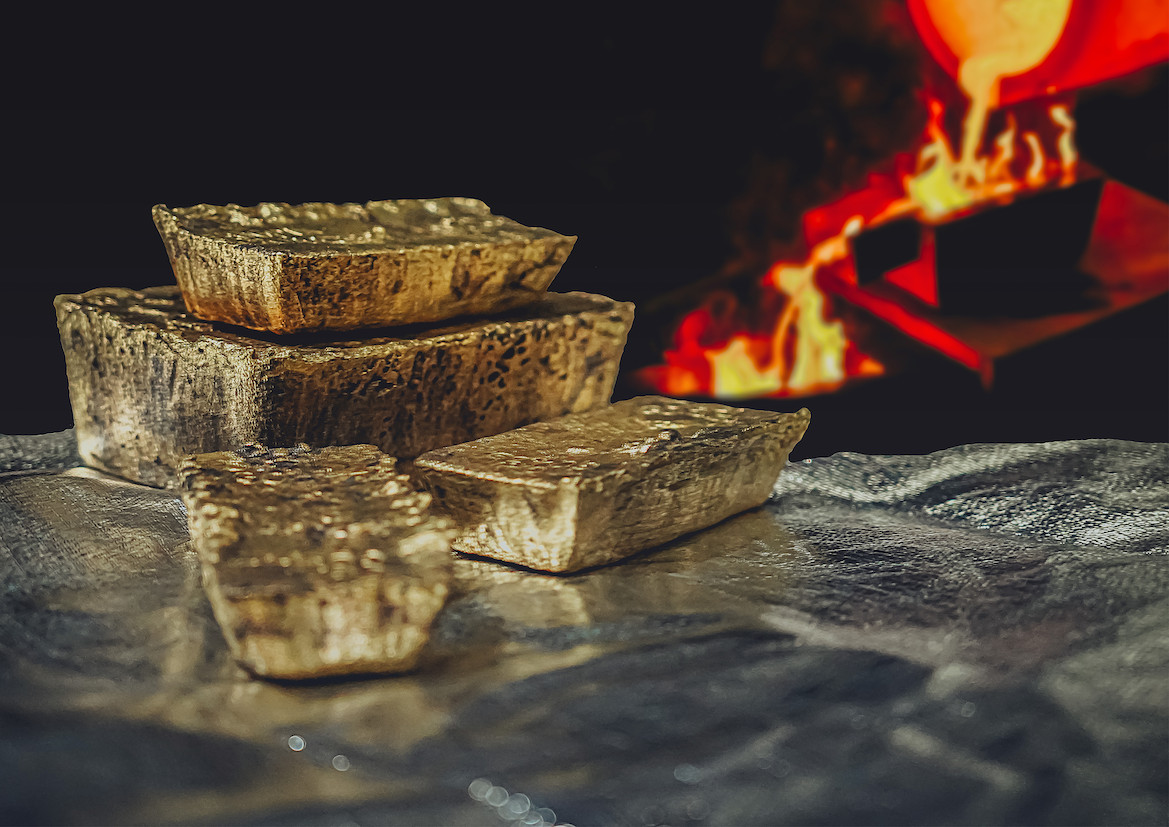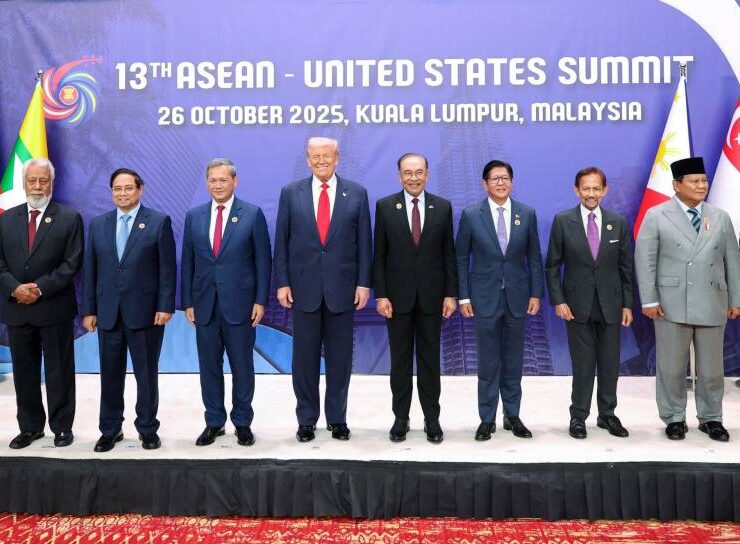PH miners strike gold as global prices skyrocket

The Philippine mining industry, especially companies engaged in gold extraction, is poised to gain from record-high gold prices in the global market.
The Chamber of Mines of the Philippines (COMP), an association of the largest mining, quarrying and mineral processing companies nationwide, says soaring gold prices are anticipated to boost production and profitability of mining companies.
“When gold prices rise, miners are usually encouraged to increase output levels in order to optimize earnings,” COMP chair Michael Toledo tells the Inquirer in a Viber message.
“Increased output, accelerated operations, and, in situations where there is a sustained increase in prices, even the reopening of shuttered mines are some of the ways that gold mining companies react to rising prices,” he says.
According to various news reports, spot gold prices are inching closer to a previous record peak, settling at $2,929.02 per ounce as of writing. US gold futures went up by 0.4 percent to $2,957.50.
Spot gold prices hit an all-time high of $2,942.70 per ounce on Tuesday, marking the eighth record set this year. Analysts are projecting prices to reach the $3,000 mark in 2025.
Leading global banks including Citi and UBS have provided a positive outlook for the precious metal despite the geopolitical and economic uncertainties affecting the global market.
“Gold has been in an uptrend for the past 16 months, having rallied by 63 percent since the low of $1,809.50 an ounce on Oct. 23, 2023,” a previous report from Reuters said.
BMI Research, a unit of the Fitch Group, projects gold prices to average $2,500 per ounce this year and outperform most commodities as concerns surrounding US President Donald Trump’s tariff threats spur safe-haven demand.
“The precious metal continues to benefit from US policy uncertainty, trade tensions, military conflict around the world and global macro uncertainty,” the research firm says.
ING Think, the economic and financial analysis unit of Dutch multinational banking and financial services corporation ING, believes that gold price of $3,000 per ounce is “within reach” as bullion has risen by 9 percent year-to-date.
“Tariff concerns that risk higher inflation and slower economic growth are spurring demand for safe haven assets like gold,” ING Think says.
“Despite the United States coming to a deal with Canada and Mexico, the uncertainty over trade and tariffs will continue to buoy gold prices. If trade tensions intensify and we see more retaliatory measures, safe haven demand for gold will continue,” it adds.
Demand from central banks
ING Think also says central banks worldwide are still buying gold, which provides a haven or acts as a hedge against inflation. It expects the trend to continue as geopolitical tensions and the economic climate prompt them to increase their allocation to safe-haven assets.
Data from the World Gold Council show central banks bought additional 333 tons in the fourth quarter of last year, bringing the total to 1,045 tons in 2024.
This was the third straight year that central bank gold purchases surpassed the 1,000-ton mark, a report from the World Gold Council shows. Moreover, central banks have extended their buying streak to 15 consecutive years.
COMP expects greater opportunities for the mining sector amid the government’s ongoing push for a simplified mining fiscal regime.
President Marcos is advocating for a new mining fiscal regime to safeguard the country’s mineral resources and create a favorable investment climate for mineral development.
The Philippines, as one of the most highly mineralized countries in the world, “has a unique opportunity to leverage its natural resources for national development,” Mr. Marcos said in his speech last October.
“But this can only be done if we ensure that the wealth that we generate is shared equitably, that our ecosystems are safeguarded, and that local communities are empowered.”
Senate Bill No. 2826 and House Bill No. 8937 seek to enhance the fiscal regime for the large-scale mining industry.
“We can live with the mining fiscal regime provisions of both HB 8937 and SB 2826; they are nearly identical,” Toledo says.
“Understanding the need for additional taxes, we have expressed our support for the margins- and windfall profits-based tax scheme such as that approved by the House and the Senate,” he adds.
Under HB 8937, large-scale mining operators at mineral reservations are required to pay a royalty fee of 4 percent of the gross output of the minerals produced. SB 2825 proposes a higher royalty rate of 5 percent.
Both House and Senate versions of the bill propose levying a margin-based royalty on income of large-scale mining operations outside mineral reservations, ranging from 1 to 5 percent.





















